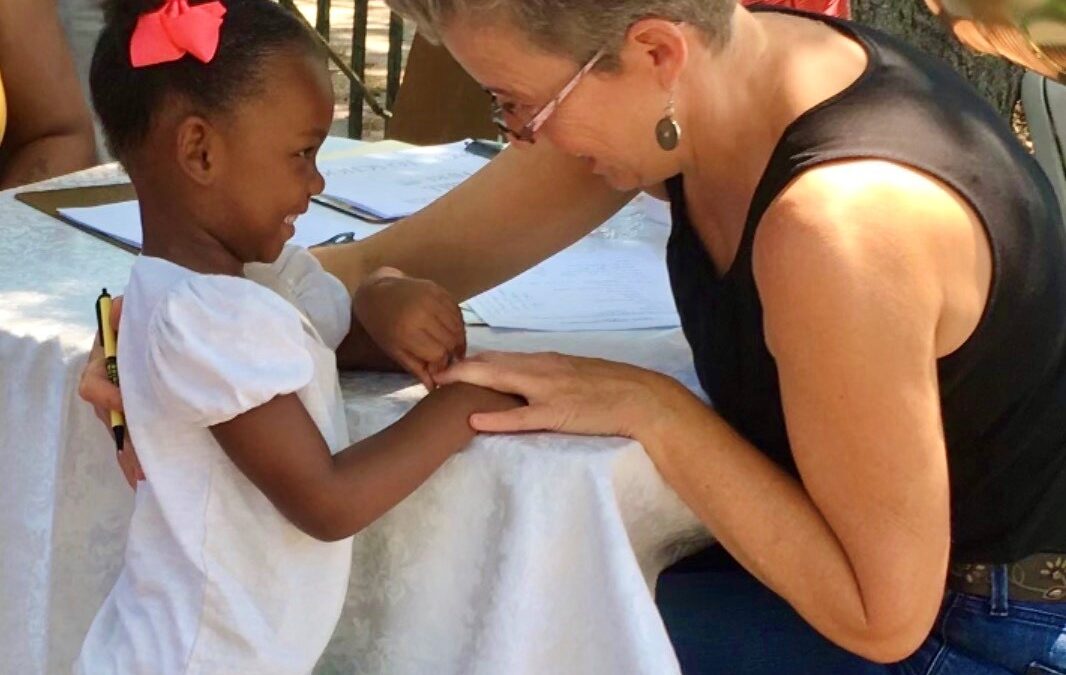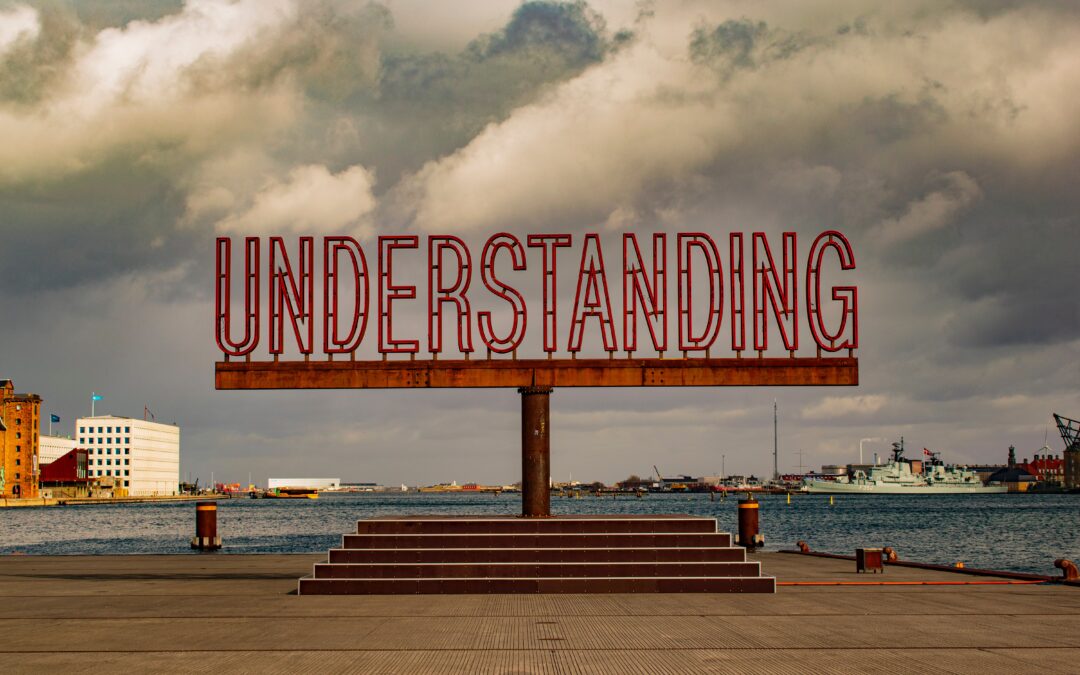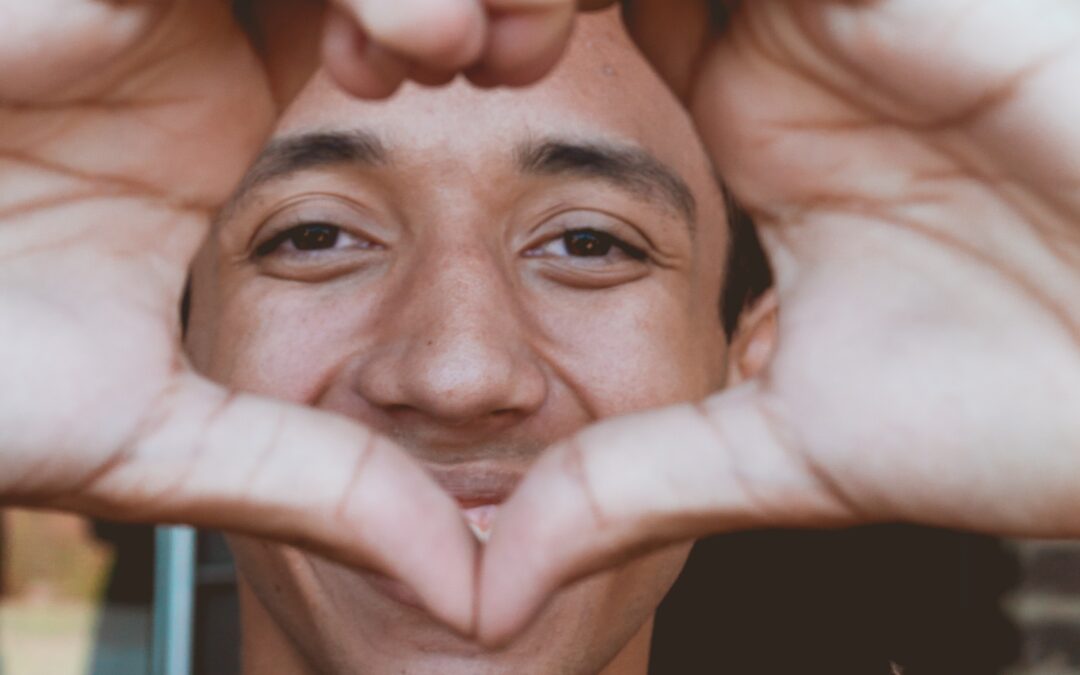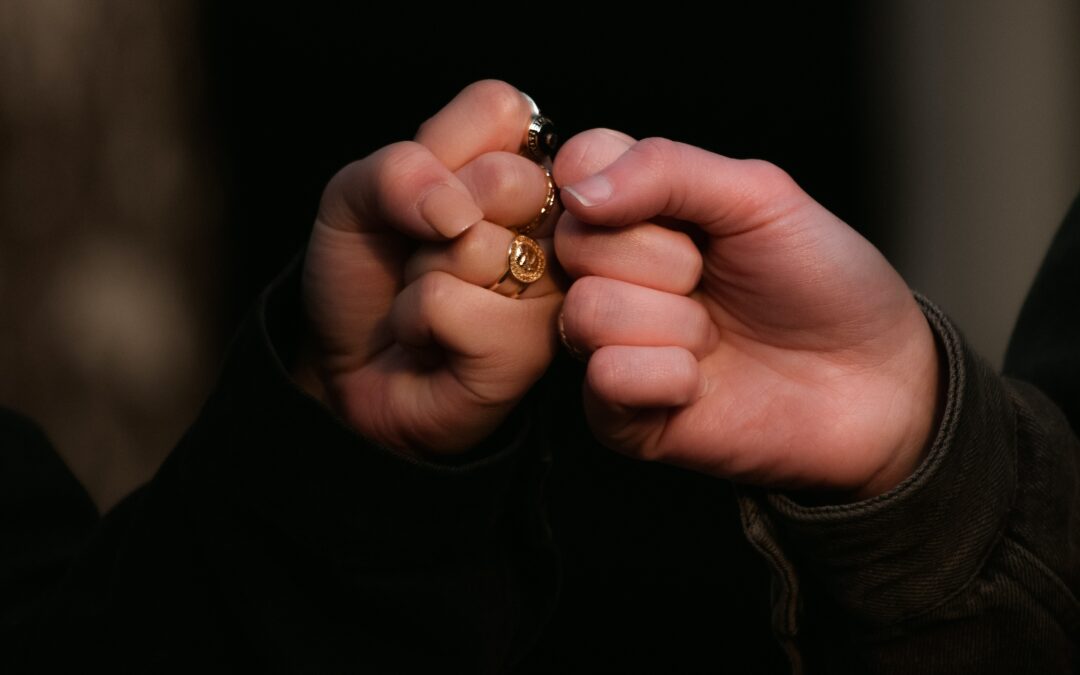You know that feeling. We’ve all felt it at one time or another. That feeling of awkward or uncomfortable when you’re talking with someone who’s different from you. When I find myself in a situation like that, I’ve learned to let the other person lead.
Awkward was certainly the way I felt when we arrived at the church fair on that late August day years ago. It was already sweltering at 9 am. That morning, the Word of Life Christian Church in North City St. Louis was hosting their annual church fair and school supply giveaway event. The event was being held across the street from our pocket-sized church on a rugged parking lot that sat in the shadow of a three-story abandoned school building.
When my husband, Cyril, and I arrived, our fellow church members were in full swing setting up chairs, tables, grills and tents. After we greeted and hugged everyone, Cyril jumped right in and got to work helping with setup. He’s more extroverted than I am; I’m more reserved and thoughtful. With all the hustle and bustle, all I could do was stand there in the middle of the parking lot wondering, “What can I, a White woman in an all-Black neighborhood, possibly have to offer?” Sure, I was a member of the church, but not everybody at this event was a member or even knew me.
In that quiet moment, it occurred to me that whatever I did, it would be good to sit down and not stand over people. I thought to myself, “That’s a good idea… OK, but where?”
That’s when I saw my buddy Jonathan at the entrance acting as a one-man welcoming committee. He was standing by a card table with two chairs provided for visitors to sit down and complete a short questionnaire. I thought, “That’s where I can sit.”
I went over, sat down and watched how Jonathan so easily engaged with folks, clapping shoulders and shaking hands. He knew the language of the community and shared their skin color. Since Jonathan and I often chat it up, it felt natural to help him with greeting. So, I stayed there, seated at the table. It wasn’t long before I noticed fellow moms, who had come for the school supplies, joining me at the table to complete the questionnaire.
Sitting there, I first noticed I was at kid eye-level. I got to talk with the children, ask their names and tell them mine. The little ones would tell me about their teacher and give me a hug. The teens would chat with me and laugh about their experiences. It was pretty clear the most important thing for me to do was lean in, deeply listen and affirm their experience.
Assumptions left at the gate
Since the first day of school had been three days earlier, I asked one little girl how school was going. As an educator, I’d heard that kids in the city don’t always start school the first day, but I didn’t know why. That didn’t seem right, since kids would start of the year already behind. But that day at the card table, I decided to leave my assumptions at the gate and just learn.
The little girl said she hadn’t started school yet. Her mom, who was sitting with me at the table, looked up and told me she’d lost her job as a nursing assistant. She didn’t have the money for her daughter’s school uniform.
For just a moment I was quiet and then said, “I get it. I’d want my child looking prepared for school.” She visibly relaxed. Jonathan overheard the conversation and offered to connect her with a friend who’s a nurse to see if she could help her find a job. I asked, “May I make a suggestion?” She nodded. I said, “If you’d like help getting a uniform, perhaps you can ask the ladies in the church.” She gave us each a hug and headed over to church.
At first, my sitting there at the table seemed insignificant, but I began to see its value. Just sitting there communicated: “I’m listening up – not down – to you,” and we’re in no rush. You matter. I could also see the impact of waiting and allowing people to reveal themselves, their needs, in their time.
More to the story
Another mom came in through the gate with her three teenage children, a son and two daughters. When the mom sat down with the questionnaire, her daughters launched into telling me all about school. As we chatted, I noticed their brother was quiet, rather stoic. I asked him, “How’s school going?” He looked down and quietly shook his head. Their mom looked up and said, “He hasn’t started yet. He has developmental delays. I’m worried he’ll be bullied. I haven’t been able to get off work to meet with his teachers.”
I reflected on my own experience for just a moment and then said, “I understand; we need our kids safe. I’ve got children with learning disabilities. I like to meet with their teachers too. Do you mind if I ask you a question?” She said it was OK. I asked, “Does your son have an Individualized Education Plan or IEP?” She nodded. I said, “With an IEP, you can ask to meet with his team of teachers before the school year starts, when you’re free.
She said, “I didn’t know. I appreciate that information.”
I turned to her son and said, “That’s got to be tough when you don’t know what the other kids are up to.” He nodded. “You know, you can ask your teachers to help you figure out if a kid really wants to be your friend or they’re just yanking your chain. Most teachers really want to help.”
He looked up at me, in the eyes, and smiled. He said, “Thank you, ma’am.”
Steps for connection
That day it became very apparent that if I was going to connect in a meaningful way, I had to let them lead. This was particularly true in this context. I’m a person who is White, from a historically more powerful cultural group, attempting to connect with a person who is Black, from a historically marginalized group, so I need to let them take the lead. That way they can reveal in their time and in their way what and if they want to share. This is the case for anyone in a more powerful position – whether a man talking with a woman, an adult talking with a child or a boss talking with their subordinate.
When a culturally intelligent leader finds themselves in a situation where their color, gender, generation or job puts them in a more powerful position, they need to double their efforts to prove they’re trustworthy. This is because it isn’t just them talking, rather it’s them with all their history behind them that’s talking too.
To feel confident talking with just about anyone, you can take these three steps:
- Slow down, take a breath and withhold your assumption.
- Ask if you can ask a question, don’t assume it’s okay to.
- Share one thing about yourself to show vulnerability, then ask about them, listening to learn.
When I listen to learn, I can affirm their experience, even if it’s different from my own. Pursuing genuine human connection, I’ve discovered that both the other person and I have something to learn; we’re both changed and benefited. Letting them lead is also more productive than assuming I know the problem and the solution. It brings about clarity and mutual commitment toward bringing about a solution that works for most everyone.
Dr. Amy is a speaker, author and coach. She and her team work with organizations and their leaders who want to be confident communicators so that they can attract and retain diverse talent. Click to discover more skills through Empowering Partners’ online course and executive coaching.






